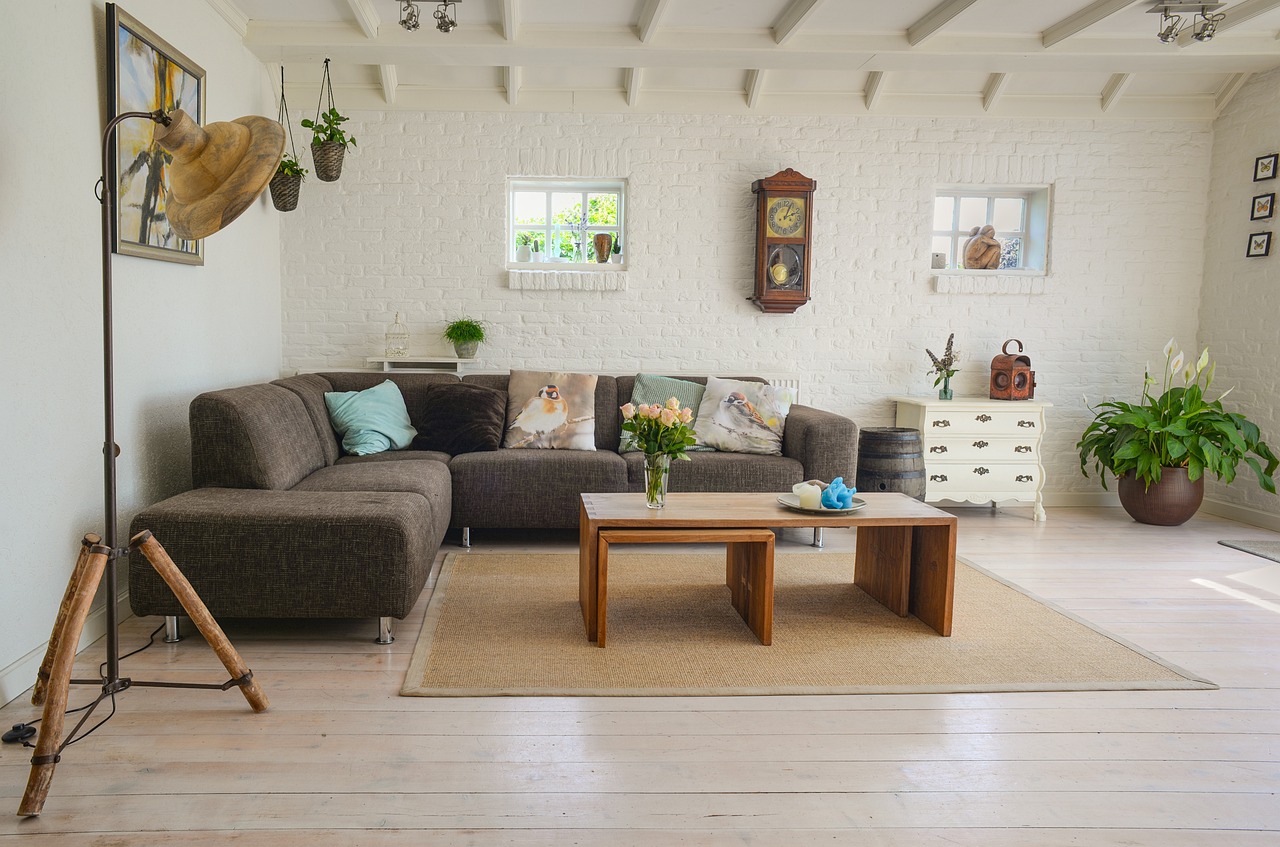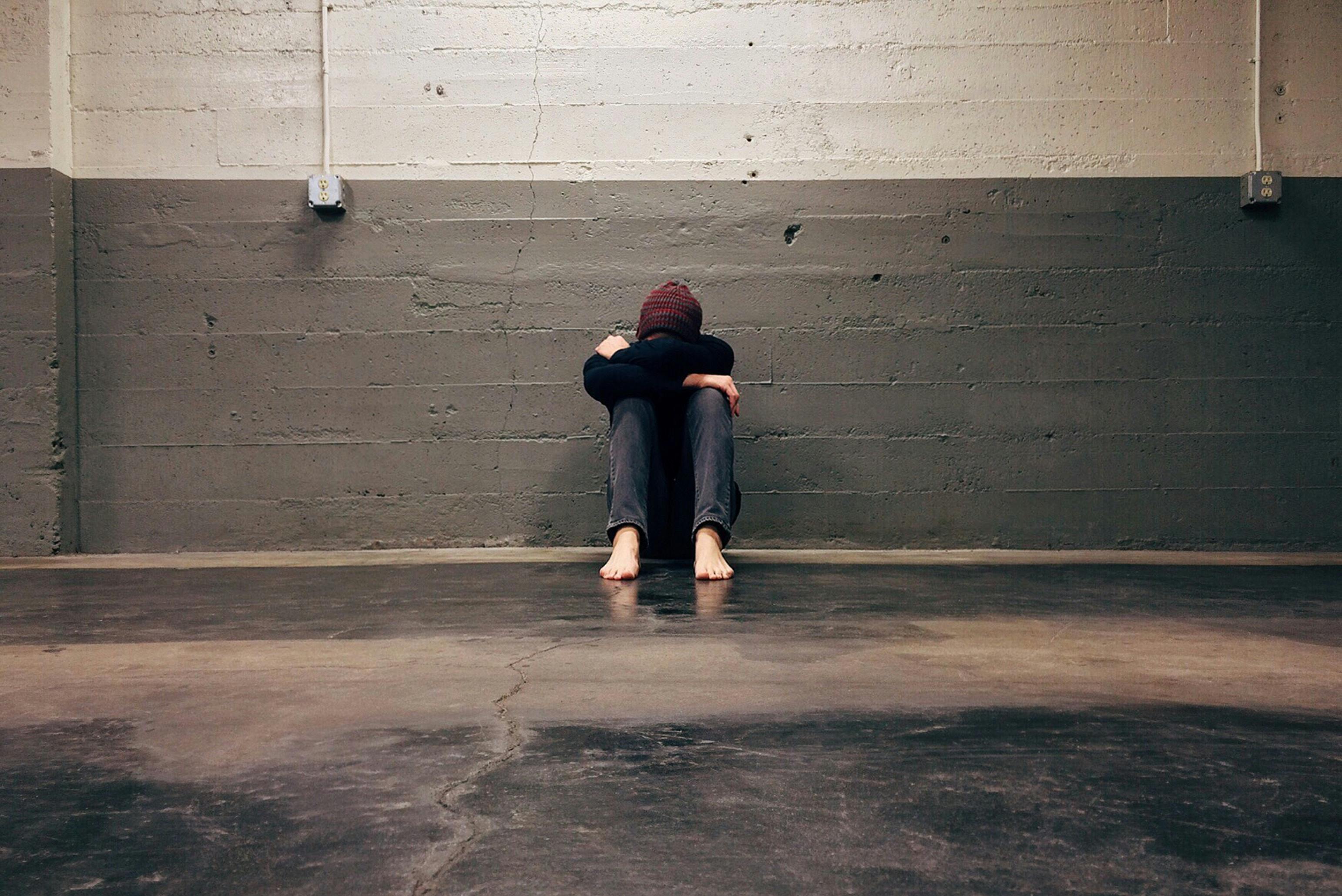Reimagining Living Spaces: The Rise of Multi-Functional Furniture
Introduction: In today's fast-paced world, there is a growing need for versatility in all aspects of life, including our living spaces. Enter multi-functional furniture—a transformative trend in home design that is revolutionizing the way we perceive and utilize space. This article explores the rise of multi-functional furniture, its current market trends, and how it enhances our daily living experience.

The Journey of Multi-Functional Furniture:
Multi-functional furniture, though considered a modern marvel, traces its roots back to the ancient Roman civilization. Cleverly designed “triclinium” couches served both as dining and lounging areas, hinting at the multifunctional movement’s early beginnings.
The idea blossomed during the 18th century with the advent of ‘campaign furniture’—portable, functional pieces designed for British military officers. However, it was the post-WWII era that saw a surge in multi-functional designs as urban living spaces shrunk and the need for compact, versatile furniture rose.
The Current Landscape:
As we navigate the 21st century, multi-functional furniture has become more than just a space-saving solution—it’s a lifestyle. It caters to the modern consumer’s needs, who prioritizes minimalism, flexibility, and functionality. From ottomans that double as storage units, to foldable desks that transform into dining tables, these innovative designs are shaping the future of interior décor.
The Practicality and Impact on Daily Living:
Multi-functional furniture brings a host of benefits. It allows for better space utilization, especially in urban apartments where square footage is precious. It offers flexibility, adapting to the changing needs of a household. It encourages decluttering, promoting a cleaner, more organized living environment.
Additionally, the trend aligns with the ‘less is more’ philosophy, reducing the carbon footprint by minimizing the need for multiple furniture pieces.
Research Backed Benefits:
Studies indicate that a well-organized, clutter-free space has a positive impact on mental well-being. The versatility of multi-functional furniture contributes to creating such environments, enhancing living conditions and overall life satisfaction.
Furthermore, according to a report by Market Research Future, the multi-functional furniture market is expected to show robust growth by 2025, making it a viable, future-proof investment.
Balancing Aesthetics and Functionality:
While practicality is the main selling point, aesthetics are not compromised. Designers are creating pieces that are as beautiful as they are functional, merging style with utility. Sleek lines, minimalist designs, and innovative mechanics are the hallmarks of this genre, ensuring that each piece adds to the visual appeal of a space.
Multi-functional furniture is more than a fleeting trend—it’s a reflection of our evolving lifestyles. It’s a creative solution to modern-day challenges, offering a blend of practicality, style, and sustainability. As we step into the future, multi-functional furniture is poised to redefine our living spaces, making it an exciting domain to watch out for in the realm of home design.





